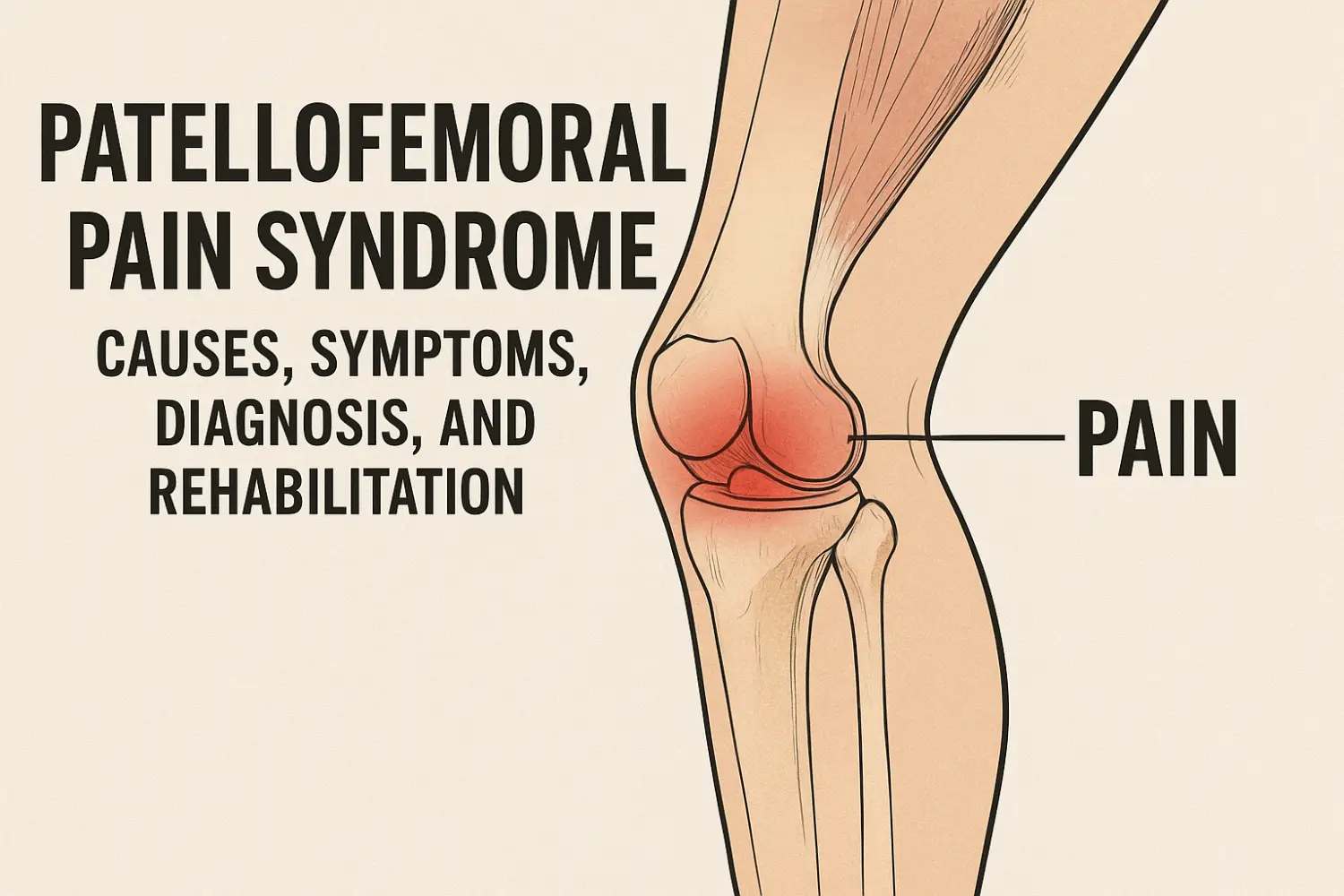Supraspinatus tendinitis “often referred to as shoulder impingement or rotator cuff tendinitis” is a common shoulder injury seen in athletes, fitness enthusiasts, and people performing repetitive overhead activities. It involves inflammation or irritation of the supraspinatus tendon, one of the four tendons forming the rotator cuff.
This tendon runs beneath the acromion (a bony projection on the scapula) and plays a vital role in lifting and stabilizing the arm. When it becomes inflamed or compressed, pain, weakness, and limited movement occur, especially during overhead activities.
What is Supraspinatus Tendinitis?
Supraspinatus tendinitis occurs when the supraspinatus tendon becomes irritated due to overuse, poor posture, or biomechanical imbalance. The resulting inflammation leads to pain and shoulder dysfunction.
If left untreated, this condition can progress to rotator cuff impingement syndrome or even partial tendon tears. Early diagnosis and a structured rehabilitation program are key to full recovery.
Common Causes of Supraspinatus Tendinitis
- Repetitive Overhead Activities – Common in swimming, throwing sports, and weightlifting.
- Poor Posture – Forward head posture and rounded shoulders compress the tendon.
- Muscle Imbalance – Weak rotator cuff or scapular stabilizers alter shoulder mechanics.
- Degenerative Changes – Age-related tendon wear and reduced blood flow in older adults.
- Improper Lifting Technique – Lifting heavy weights with poor shoulder alignment.
Symptoms of Supraspinatus Tendinitis
Typical signs and symptoms include:
- Dull ache or pain at the top and outer side of the shoulder
- Pain when lifting the arm overhead or lying on the affected side
- Shoulder stiffness and reduced range of motion
- Weakness during shoulder movements
- Pain radiating down the upper arm, especially with activity
Clinical Presentation
1. Pain Characteristics
- Location: Top and outer shoulder region (deltoid area), radiating down the lateral upper arm.
- Nature: Dull or sharp pain depending on inflammation severity.
- Worse with: Overhead activities, lifting, reaching, or combing hair.
- Night Pain: Common, especially when lying on the painful side.
- Relieved by: Rest, ice therapy, and avoiding aggravating movements.
2. Functional Limitations
- Difficulty lifting the arm sideways or overhead
- Pain while wearing clothes or reaching high shelves
- Weakness during abduction and elevation
- Reduced performance in sports or gym workouts
Diagnostic Tests for Supraspinatus Tendinitis
1. Empty Can (Jobe’s) Test
Purpose: Assess supraspinatus tendon integrity.
Positive sign: Pain or weakness during resistance.
2. Full Can Test
Purpose: Similar to the Empty Can test but more comfortable for some patients.
Positive sign: Pain or weakness indicates supraspinatus pathology.
3. Painful Arc Test
Purpose: Detect impingement.
Positive sign: Pain between 60°–120° shoulder abduction.
4. Drop Arm Test
Purpose: Identify tendon tear or severe weakness.
Positive sign: Inability to lower the arm smoothly.
5. Hawkins–Kennedy Impingement Test
Purpose: Detect subacromial impingement.
Positive sign: Sharp pain during internal rotation.
6. Neer’s Impingement Test
Purpose: Reproduce impingement pain.
Positive sign: Pain in the front or outer shoulder area.
Rehabilitation Protocol for Supraspinatus Tendinitis
Rehabilitation should be individualized and progressive, moving from pain control to full functional recovery.
A typical supraspinatus tendinitis rehab protocol includes four key phases:
Phase 1: Pain Relief & Inflammation Control (Weeks 0–2)
Goals: Reduce pain, swelling, and inflammation.
Treatment:
Rest from overhead activities
Apply ice packs for 15–20 minutes, 3–4 times daily
Electrotherapy (TENS, ultrasound) for pain modulation
Correct posture (avoid rounded shoulders)
Gentle pendulum exercises to maintain mobility
Phase 2: Range of Motion & Flexibility (Weeks 2–4)
Goals: Restore shoulder mobility and prevent stiffness.
Towel wall slides
wall slide exercise
Posterior capsule stretching
Phase 3: Strengthening & Functional Training (Weeks 4–8)
Goals: Strengthen rotator cuff and scapular stabilizers.
Frequency: 10–15 reps per exercise, 2–3 times daily (pain-free).
TheraBand external rotation
Resistance band pull-apart
Y raises
Overhead band full Apart
Phase 4: Return to Function & Prevention (Weeks 8–12)
Goals: Regain full functional strength and prevent recurrence.
Focus Areas:
Sport- or activity-specific functional training
Continued posture correction and ergonomic awareness
Maintenance exercises 2–3 times a week for shoulder stability
Evidence-Based Recommendations
Eccentric strengthening of the rotator cuff accelerates tendon healing.
Scapular stabilization exercises lower recurrence risk.
Postural retraining and ergonomic modifications ensure long-term recovery.





